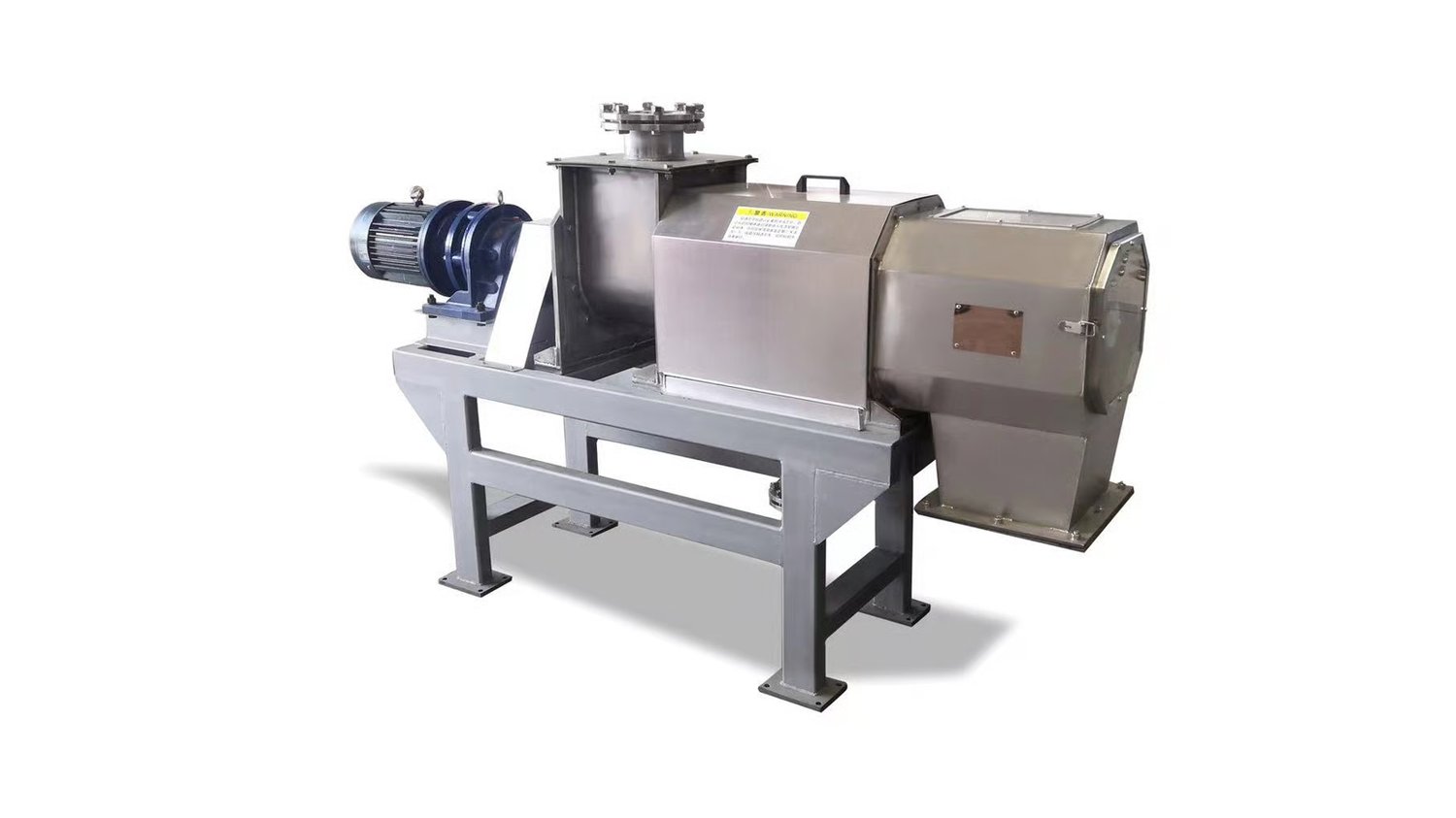The Basics of Solid-Liquid Separation
Solid-liquid separation is a crucial process in various industries, including mining, chemical processing, and wastewater treatment. It involves the separation of solid particles from a liquid medium, ensuring that the liquid is free from contaminants. One key aspect of this process is particle retention, which refers to the ability of the separation system to retain solid particles while allowing the liquid to pass through.
Types of Separation Techniques
There are several techniques used for solid-liquid separation, each tailored to specific applications. Some common methods include filtration, centrifugation, and sedimentation. In each of these techniques, particle retention plays a vital role in ensuring the efficiency and effectiveness of the separation process. Proper particle retention is crucial for maximizing product recovery and minimizing waste.
Importance of Particle Retention
Particle retention is essential for maintaining the quality of the separated liquid. By preventing solid particles from contaminating the liquid, it ensures that the end product meets quality standards. Additionally, effective particle retention can help prolong the lifespan of the separation equipment by reducing wear and tear caused by abrasive particles.
Factors Affecting Particle Retention
Several factors can influence the efficiency of particle retention in a separation system. Particle size, shape, and density all play a role in determining how effectively the particles are retained. The design of the separation equipment, such as the type of filter media or centrifuge rotor, can also impact particle retention. Understanding these factors is crucial for optimizing the separation process.
Choosing the Right Equipment
Selecting the appropriate separation equipment is critical for achieving optimal particle retention. Different industries may require different types of equipment depending on the size and nature of the solid particles being separated. Factors such as throughput capacity, operating cost, and maintenance requirements should also be considered when choosing the right equipment for a specific application.
Solid-liquid separation with effective particle retention is used in a wide range of industries, from pharmaceuticals to food and beverage production. In the pharmaceutical industry, for example, particle retention is crucial for ensuring the purity of drug formulations. Similarly, in the food industry, particle retention is essential for removing impurities from liquid products.
Advancements in Particle Retention Technology
The field of solid-liquid separation continues to evolve, with advancements in technology improving particle retention efficiency. For example, the development of new filter media with enhanced particle capture capabilities has led to more efficient separation processes. Innovations in centrifuge design have also contributed to improved particle retention in liquid-liquid separation applications.
Challenges in Particle Retention
Despite technological advancements, challenges still exist in achieving optimal particle retention in solid-liquid separation processes. Factors such as fouling of filter media, clogging of centrifuge screens, and agglomeration of particles can impact the efficiency of particle retention. Addressing these challenges requires a comprehensive understanding of the separation process and the factors influencing particle retention.
Future Trends in Solid-Liquid Separation
Looking ahead, the future of solid-liquid separation lies in developing more sustainable and cost-effective technologies for particle retention. Advances in materials science, automation, and computational modeling are expected to drive innovation in separation processes. By overcoming current challenges and exploring new possibilities, the industry can continue to improve particle retention efficiency for a wide range of applications.
Conclusion
In conclusion, solid-liquid separation with effective particle retention is a critical process in various industries, ensuring the purity of liquid products and maintaining the efficiency of separation equipment. Understanding the factors influencing particle retention, choosing the right equipment, and addressing challenges are key to optimizing the separation process. By staying abreast of advancements in technology and trends in the field, industries can enhance particle retention efficiency and achieve higher quality separated products.
Quote Inquiry
contact us

